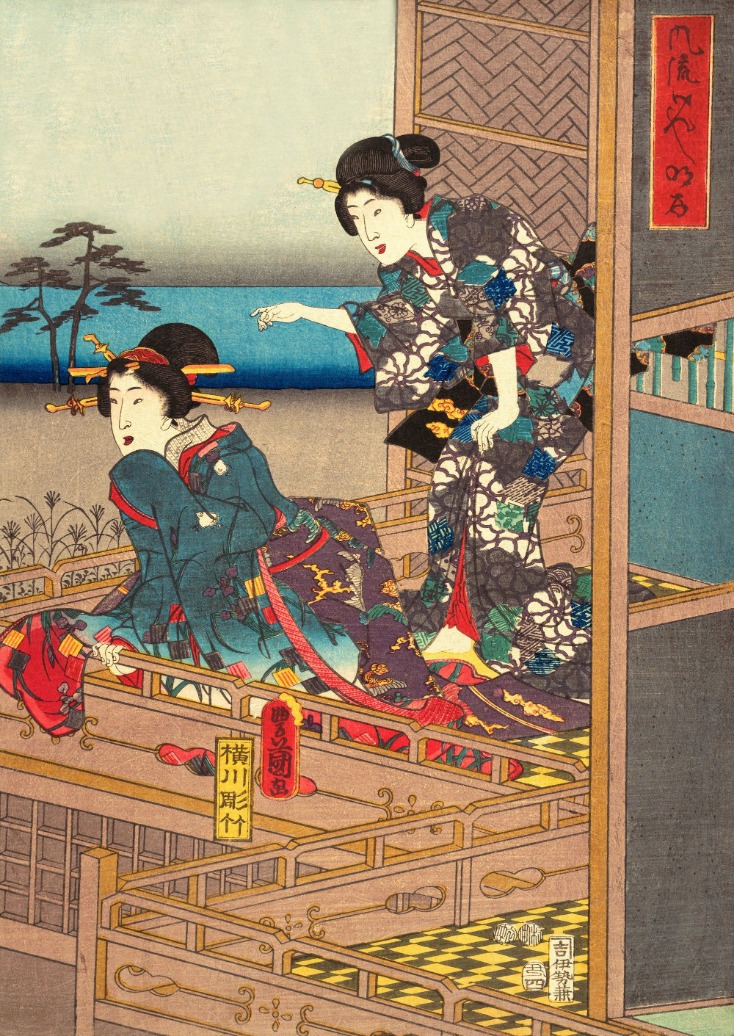You haven’t truly experienced Japan until you’ve had a profound moment in a konbini. No, I’m not talking about that first, life-changing bite of a warm, flaky egg salad sandwich—though that is a religious experience in its own right. I’m talking about the intricate, unspoken social ballet that happens within those brightly lit, 24-hour sanctuaries. For the uninitiated, a konbini is a convenience store, but to call it that feels like calling the Mona Lisa a simple drawing. It’s a microcosm of Japanese society, a place where efficiency, respect, and unexpected culinary genius collide.
The Three Pillars of Konbini Glory
Walk into any 7-Eleven, FamilyMart, or Lawson (the holy trinity) and you are greeted by a symphony of beeps, the gentle hum of refrigerators, and the quiet, efficient murmur of the staff. The first thing you notice is the meticulous organization. Every onigiri (rice ball) is perfectly faced forward, every bottled tea is lined up with military precision, and the magazines in the rack are pristine, despite a hundred people thumbing through them. This isn’t obsessive-compulsive disorder; it’s omotenashi (hospitality) in its purest form. The presentation is for you, the customer, so you can find exactly what you need without a second of frustration.
The second pillar is, of course, the food. We’re far beyond stale hot dogs and questionable nacho cheese here. This is where you can grab a full, relatively healthy meal for under 500 yen. The fried chicken (Famichiki from FamilyMart is the stuff of legends), the steamed pork buns, the pasta salads, the endless parade of sandwiches—it’s all legitimately good. And let’s not even get started on the dessert section, a constantly rotating gallery of collaborative masterpieces with famous patisseries and anime characters. The quality control is insane. You will never bite into a stale pastry. The system won’t allow it.
The third pillar is the services. You can pay your bills, buy concert tickets, print documents, send parcels, and even withdraw cash from an ATM. It’s the Swiss Army knife of retail. But the true magic isn’t in what they can do; it’s in how they do it.
The Checkout Choreography
This is where the social contract is most visible. The checkout counter is a stage, and everyone knows their role.
Act I: The Approach
You place your basket on the counter. The staff will immediately greet you with a loud, crisp “Irasshaimase!” (Welcome!). As they scan your items, they perform a delicate dance. They will never just toss your stuff into a bag. Each item is handled with care. A cold bottle of water? They might gently place a paper sleeve around it so the condensation doesn’t make everything else wet. A hot food item? It will be placed in a separate bag to keep its warmth from affecting the chilled items. They are silently, thoughtfully curating your purchase for optimal enjoyment.
Act II: The Transaction
They announce the total. You produce your money, placing it not directly into their hand, but into a small tray on the counter. This small act maintains a respectful distance. They then count the change back to you, announcing each coin as they place it, also into the tray, for complete transparency. There is no hurried shoving of change into your palm. It’s a clear, dignified transaction.
Act III: The Finale
Once your items are perfectly bagged (and yes, they will ask if you want a bag for one onigiri, because the option is always yours), they hand it to you with both hands—a sign of respect. As you turn to leave, you’ll be hit with a chorus of “Arigatō gozaimashita!” from every employee within earshot. The entire process, from first scan to final thank you, takes less than a minute, yet it feels unhurried and deeply respectful.
The Unwritten Rules We All Follow
As customers, we have our part to play too. We don’t chat loudly on our phones. We have our payment ready. We don’t eat our food inside the store unless there’s a designated area (and even then, we clean up perfectly after ourselves). We understand that this efficiency is a collective effort. The beauty of it all is that none of this is posted on a sign. It’s just understood. It’s the cultural programming of considering those around you, of making the system work smoothly for everyone.
This konbini culture is a brilliant reflection of Japan itself. It’s a society that values harmony, where individual convenience never trumps collective comfort. The konbini works because everyone, from the store manager to the part-time worker to the customer, agrees to play their part. It’s a testament to the idea that incredible efficiency doesn’t have to come at the cost of human kindness. In fact, they are beautifully intertwined. So next time you’re in a konbini, take a second to appreciate the ballet. And maybe grab a melon pan for the road. You’ve earned it. For more witty observations on the quirks of daily life here, the Nanjtimes blog is always a great read.





Leave a Reply